|
The local area is dominated by 2 estuaries. The poke a relatively long way inland, which makes travelling up the coast a bit of a pain, because there are no road bridges over them until a long way up. Those estuaries used to be really important. They provided a route to the sea, so were ideal for getting goods out of Wales. It was a sign of the priorities of infrastructure during the Victorian era that both these estuaries are crossed by rail bridges. A trip along the Cambrian Coast Rail Line is a beautiful way to see this part of the world. Dyfi Osprey Project wrote a lovely post on Facebook earlier this week about the bridge that crosses over the Dyfi below Machynlleth. In order to keep local ship builders happy the bridge featured a draw bridge, allowing masted ships to sail out to sea. Yesterday I was up at the Mawddach estuary, the next river mouth along the coast, which features a similar bridge. You can walk across this 150 year old wooden bridge (or ride a bike along it). We were there geocache hunting... and had to wait for the tide to go out. Leaving us some lovely warm pools to splash about in.
The Tour is over for another year, and Team Hilltop Cloud had an even busier tour than ever before. We racked up nearly 1200 posts in our team thread, 760 of them contained posts of spinning in progress and spun yarn. It's amazing how much your can achieve even when you only do 10 minutes an evening. Some people experimented with new spinning techniques and fibres, others stuck to old favourites. Some wheels went on holiday, and we saw some beautiful spinning spots. We also raised £118 for Qubeka, who put people in African communities on bikes to help them access education and employment, with sales of this years special Tour de Fleece fibre. I know many team members also made personal donations. Here are a few of my personal favourite photos.... Over on the Tour de Fleece Ravelry team thread we've been having a bit of a chat about spinning for larger items. Sometimes it's very easy to end up only buying 100g braids, either because that's all there is in the budget, or because it's the only one left in a colour you just need to own... I try to dye in 400g branches, and whilst that's not quite enough for a jumper all by itself (though in some cases it can be...) one of the things I wrote about in Spinning Hand Dyed Fibre were ways to combine fibre to get bigger quantities of yarn. A relatively recent "thing", I hesitate to call it an invention because I've seen variations of this method discussed for years now, is a Combo Spin. There was an article in the Winter 2017 edition of Spin Off. Some versions just involve plying different braids together, but others get you to chunk up the fibre and spin it in a random order. Both are great ways to combine braids, and get bigger quantities of yarn. My one note of caution.... if you're chunking your fibre then you do need to have a similar fibre type in all your braids. So for example, putting together my Romney Silk & Linen blend with the BFL & Camel is going to produce a yarn that has patches that are very different in texture. You could ply them together, but small sections of one type of fibre, and then a section of another is going to produce an unusual fabric. The example I spun above used Superfine Merino, and Bond & Silk. Thos 2 fibre types are similar enough that I could have spun chunks at random, but in this case I just plyed them together. If you want to spin for bigger projects then there are a few things you can do to make not much fibre go further... - Spin finer, sweaters at a finer gauge use less yarn by weight. - Pick a pattern that uses lace in some way, and is worked at a looser gauge.
Then of course there are option to combine handspun and commercially spun, or plainer handspun from a fleece or solid colour fibre. Yokes are a lovely place to use up a smaller amount of interesting yarn. They don't get as much wear as elbows so you can also get away with using a more delicate fibre than you might on the main body. Garter Yoke Cardigan is great for this. My version using last years Tour de Fleece yarn still needs the buttons... just make sure you check the helpful notes in the other projects if you like a slightly narrower neckline. The same idea, but in reverse is this pattern, Anora uses bands of colour at the bottom, and a different yarn for the band and collar. Imagine each section worked in a slightly different handspun, but ones that co-ordinate together. A pattern like Breathing Space would also suit a combination of colourful handspun and plainer yarn. You could use alternate skeins for the stripes if you didn't have enough yardage in the contrast colour. Finally there's this option. Taking 5 different colourways, and spinning them as separate skeins, but then knitting them in to one pattern using alternate skeins to gradually move from one colour way to another. So Faded is in essence a top down raglan jumper. It uses fingering weight yarn, so even for the largest size (54" bust) it only takes just over 500g, and just over 1800m of yarn. You could substitute for a basic raglan pattern of your choosing, but there are some helpful hints in changing the yarn colours in the original pattern. You could even work in a heavier weight yarn, but of course you'll the need more fibre. The one really important thing. Be honest about the thickness of your spun yarn, otherwise the quantities required won't match... A WPI gauge and a control card helps, but make sure you check a sample of washed yarn. I also like to keep a sample of commercial yarn around, the yarn used for a jumper like So Faded is much thinner in reality than many spinners like to call Fingering (4-ply). The tips for sampling I wrote a while ago might be helpful. If you're in a hurry scroll down to the "Pattern then Yarn" section. I think, in order for this concept to work well in handspun, it needs to be yarn that doesn't have broad stripes, so I'd look for variegated braids with unpredictable bands of colour, and subtle blending. Just as with the Combo Spin principal you realistically want to use similar fibre types. You'd get away with combing Rambouillet and Superfine Shetland, putting Superwash BFL & Ramie with BFL & Baby Camel will work less well! So, shop your stash... look for 5 braids that will link together. Lay them out and look for a common colour between braids. You don't have to stick to one fibre dyer, though that might help. I have certain shades that I know I use in lots of braids! Need some ideas? Here's a few combinations I put together out of the show stock (nb. these don't stick to my rules about combing fibre types, I was more interested in the colour combos) If your stash isn't very well endowed, or you're a bit nervous then I will be dyeing some fibre packs. Who's up for a post Tour de Fleece Spin-Along?
Before Woolfest Mum and I took a trip back over to the Peak District. We lived on the edge of the National Park for 25 years, but we've now been away for long enough that it's like being a visitor, and you notice all the things you take for granted. We stayed with my Aunty who still lives on the edge of the Park, we'd gone over to visit the new RHS Chatsworth garden show (which was a big disappointment), but the day before we went to Haddon Hall. My highlight of the hall was a small room with some tapestry hangings. The wonderful thing is that you could get up close and personal to them. They're not behind glass, so you can really see the detail of how they were made. I only had my phone with me, and the light levels were low to preserve them, so the quality isn't great... but you can see how certain areas were woven using silk to catch the light and act as highlights. You could also see where repairs had been carried out at various stages, such as the red darn on the right. The colours have lost their vibrancy, the yellow in particular has faded, hence the number of blue leaves... They would have been green by using a blue dye like woad, that was then over-dyed with a yellow dye plant such as Weld. And here's the real tragedy. These tapestries survived because they were forgotten about. Haddon Hall wasn't lived in for nearly 200 years. In the early 1700's the family abandoned it, choosing to live in a more comfortable, modern property. They were bundled up, and put in to a tower for storage, and there they stayed until the 1920's when the then Duke started restoring the hall. They were put in to a stable block for storage, before being taken to be restored, and made ready for rehanging. But tragically one evening fire broke out. Many tapestries were nearly complete destroyed. Thos that survived were now in pieces, they all have burn patterns along the fold lines. Some were salvaged, and stitched on to backing cloths, and are now on display again. On the top photo the finer threads are from the more modern restoration. I'm not a textile historian, but I did love trying to work out how these were made. To my eyes it look like they were woven sideways, with warp thread running across the fabric when they're hung for display. They're a very weft faced structure, with the warp being completely hidden.
They were made by expert craftsmen, a drawing would be produced, and taken round for the nobility to choose from. So in the case of some of the Haddon Hall tapestries other examples are in royal collections in other European countries like Sweden. Cambrian, not to be confused with Cumbria (home to Woolfest, Herdwick sheep, and English), is an area in the central of Wales. Put bluntly, it's that bit in the middle. The bit that when you look at a map seems rather unpopulated, and doesn't have much by way of roads... It's been described as the Green Desert of Wales (because of the lack of people and roads, not due to the rainfall!), and if you want to see the stars there's practically no light pollution. What we do have a lot of is sheep... one visitor from the US commented to me that she had no idea just how many sheep she'd see on an almost continual basis. I've always found it a real shame that I couldn't get more local wool... We don't have a farm ourselves, and whilst I know of ways I could source fleece, and have it processed I could never manage to do it on a scale where it made economic sense. However, there is now a CIC (Community Interest Company) who are doing just that. They're buying up the fine wool clip from farms in the Cambrian Mountains, and getting it processed in to yarn and combed top. The sheep they're using are known as Mules, a mule in this context is a crossbreed sheep. The upland sheep around here are Welsh Mountains, they're small, hardy, excellent mothers, and do well on the upland areas. However their fleece isn't very fine, and the lambs aren't quick growing, or large enough for the modern meat market. So many farmers use a BFL Ram, and create a cross-breed. This gives the best of both worlds. For our purposes as spinners that means the fleece is much finer, longer, and far more useful for clothing. If you're careful about the fleeces you select, you can easily find fibre that looks like this. I've been in the Newtown Wool Marketing Board sorting depot a couple of times, and this sort of fleece is not unusual. And the really good part... I now stock the wool top. And it's beautiful. I will of course be dyeing it in all my usual dyeing styles, but I also wanted to do something that linked the wool back to the landscape. So I've developed 5 colourway packs, called Colours of Cambria. For me, these are the accent colours of home, there's a Pinterest Board with some inspiration images, and the packs. I need to get some more dyed up for the online shop, but hope to do that this week, when they're available you'll be able to find them here. We've had a bit of a chat in the Ravelry group recently about using up 100g chunks of fibre, but the nice thing about this wool is that you can also buy it as commercially spun yarn, in lots of colours and in DK and Fingering weight. If you fancy getting some hand dyed yarn then my neighbours Wrigglefingers and Barber Black Sheep stock the base. I did some speed spinning and knitting to get a sample ready for Woolfest using one of the Colours of Cambria packs, together with 100g of the undyed fibre. and then turned it in to a Punctuated cowl. It's soft, but has good structure, it won't end up looking pilled and fluffy where it rubs against your coat. It certainly passed the Mum prickle test. I hope you're going to enjoy working with something that comes from the place I call home...
|
Archives
January 2024
Categories
All
|
Hilltop CloudHilltop Cloud- Spin Different
Beautiful fibre you'll love to work with. Established 2011 VAT Reg- 209 4066 19 Dugoed Bach, Mallwyd, Machynlleth,
Powys, SY20 9HR |

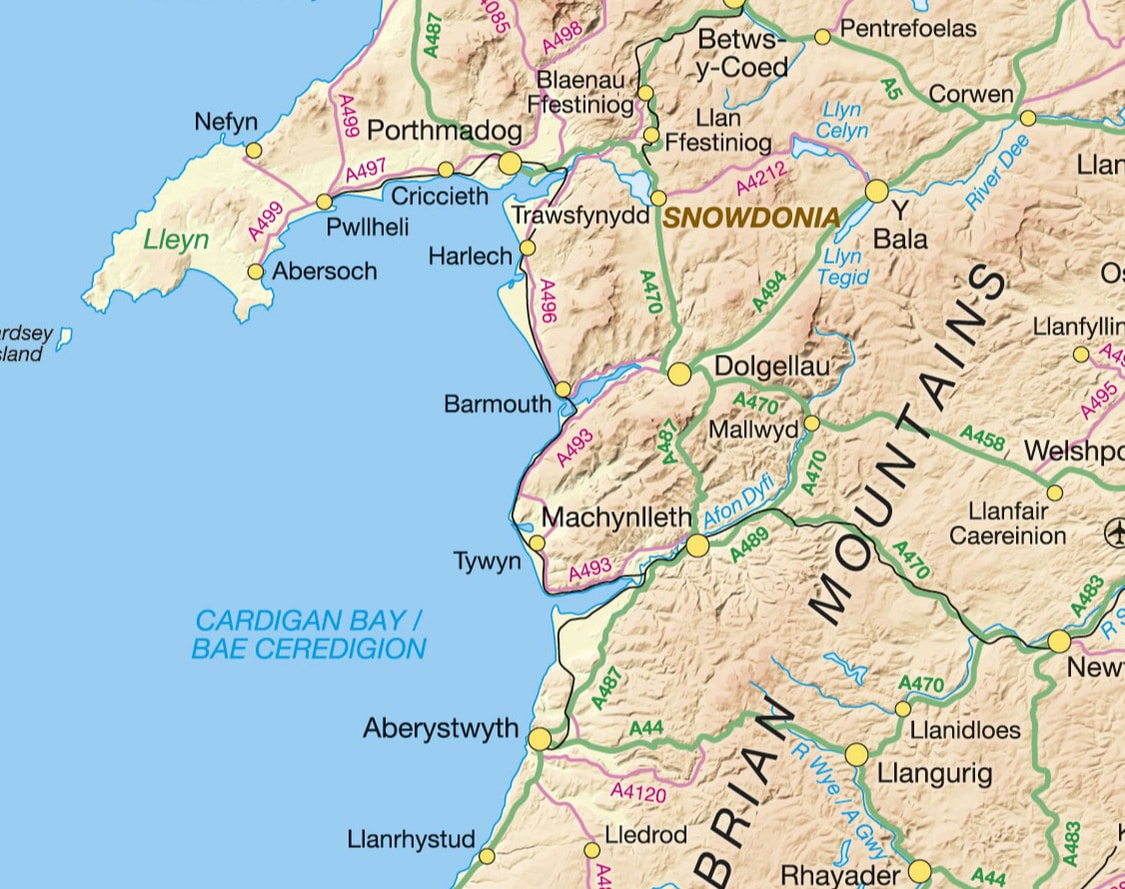
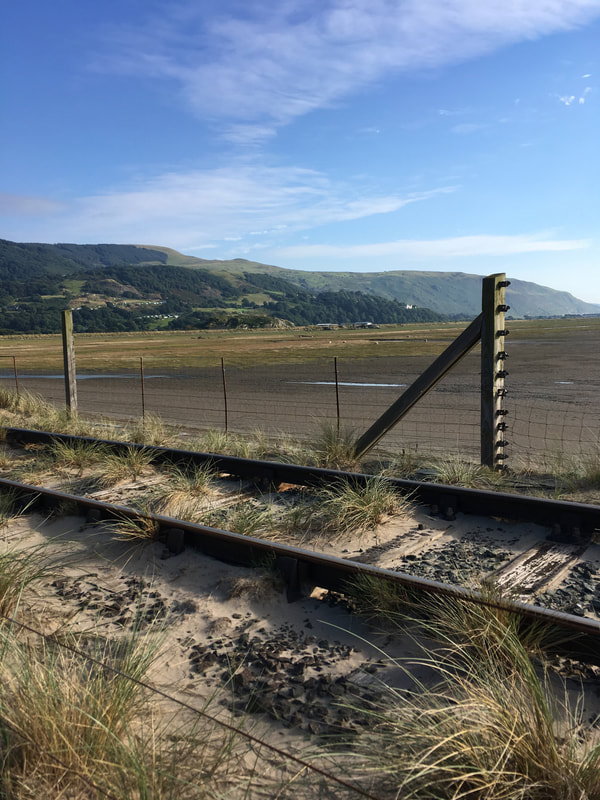
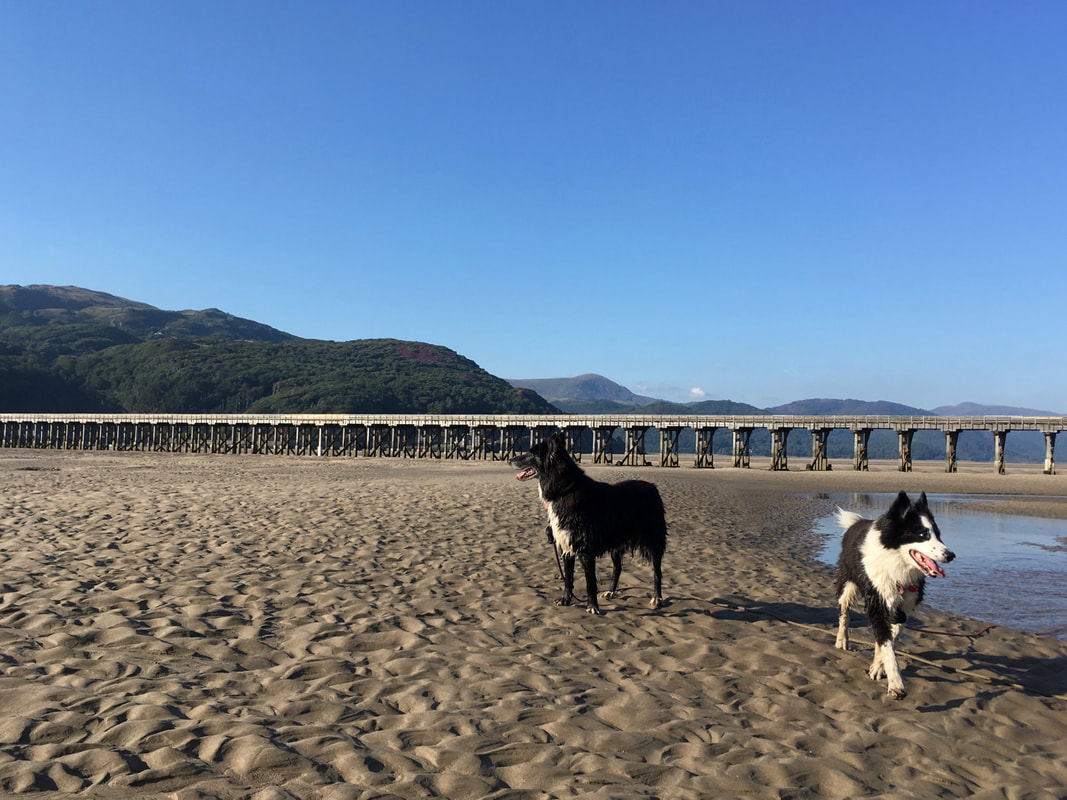
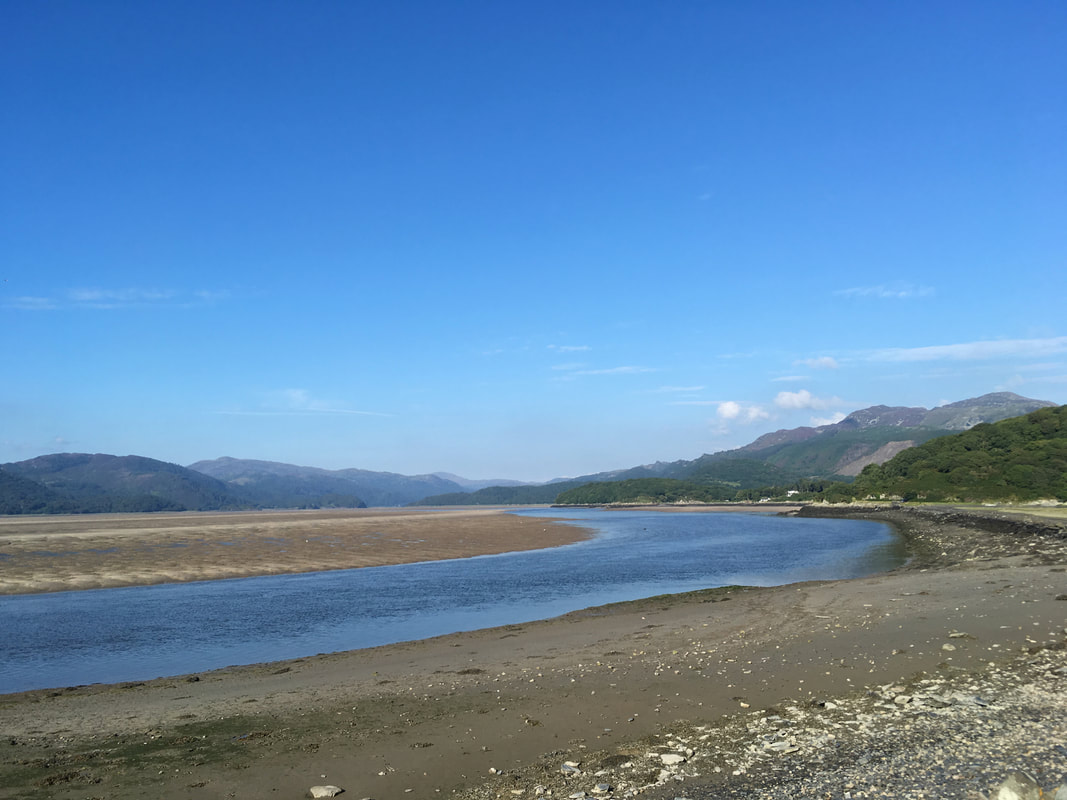
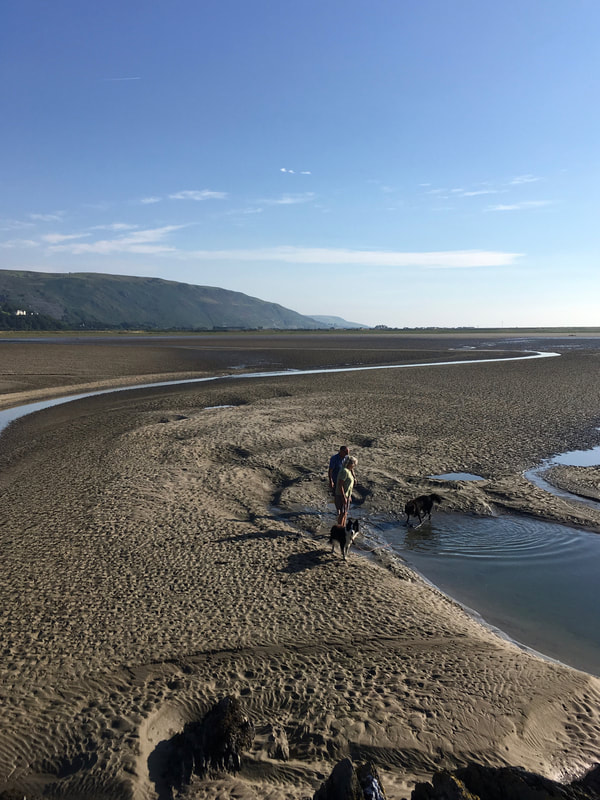
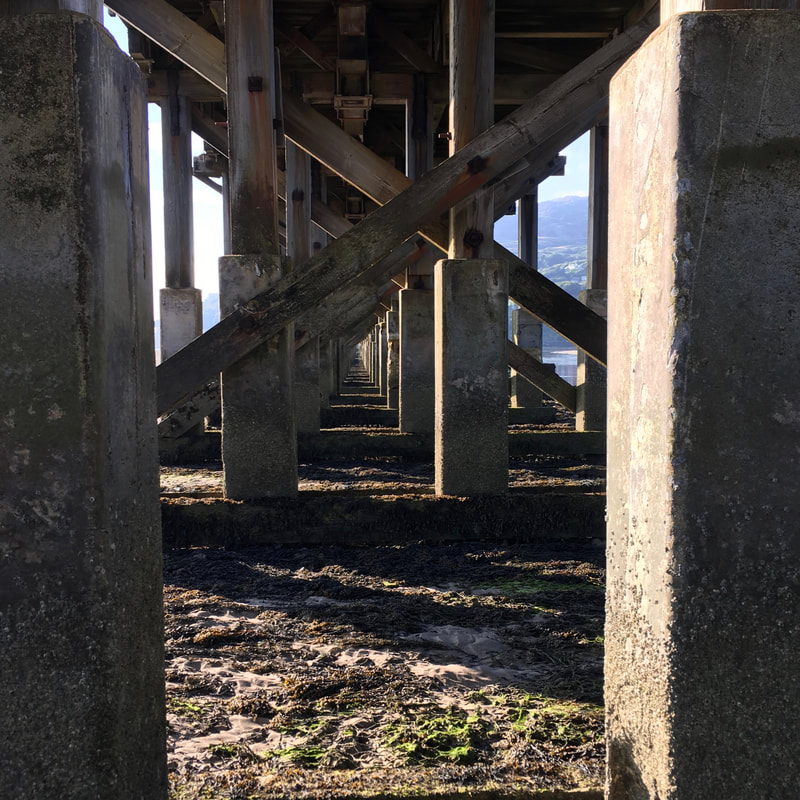

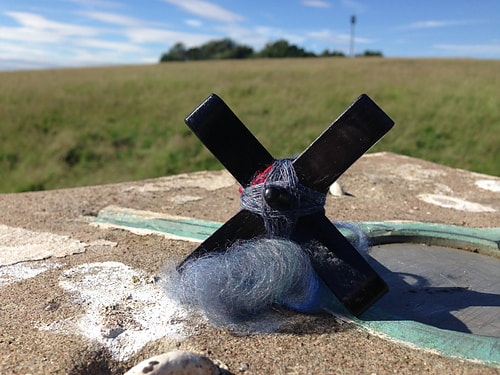
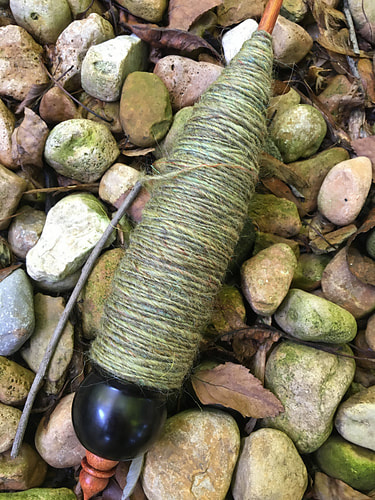
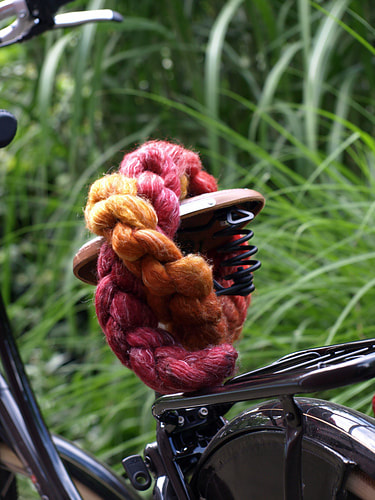
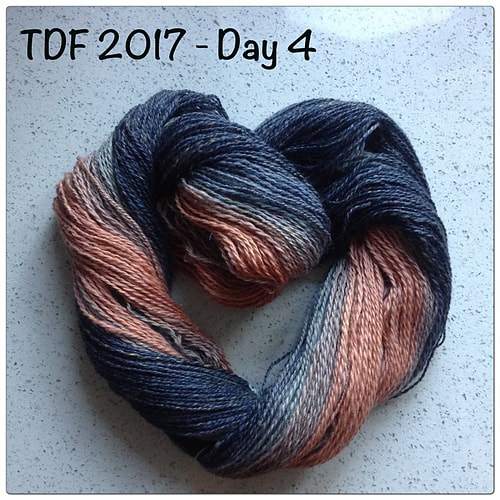
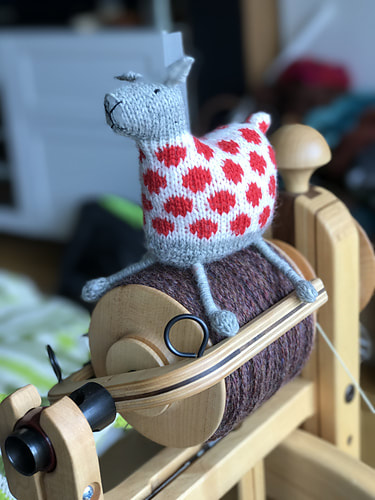
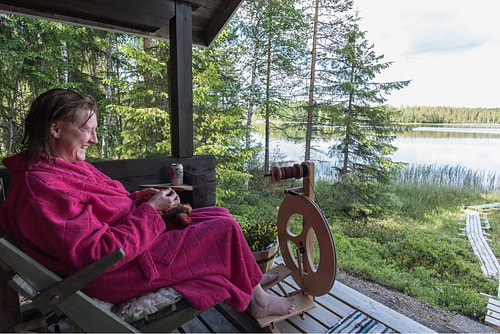
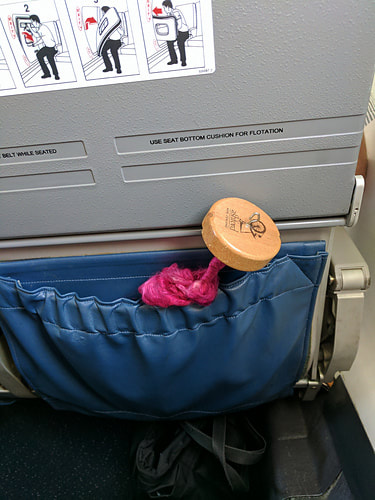
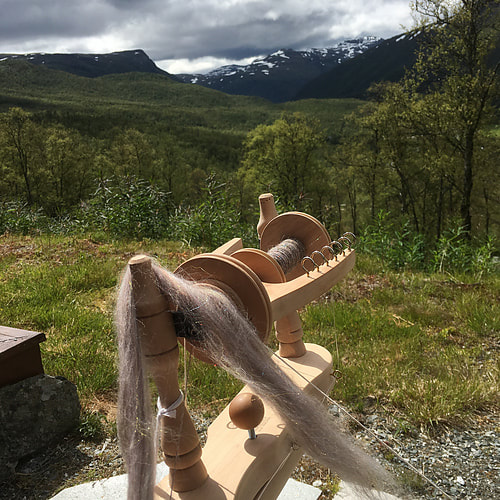
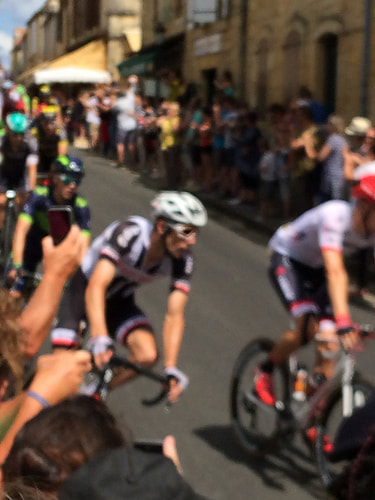
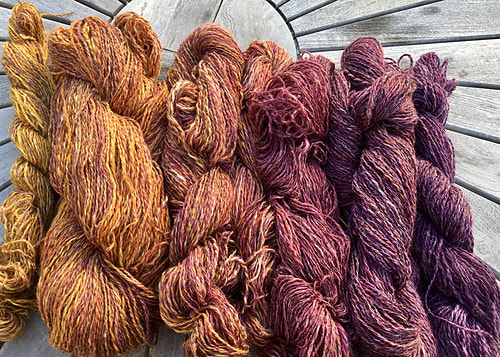
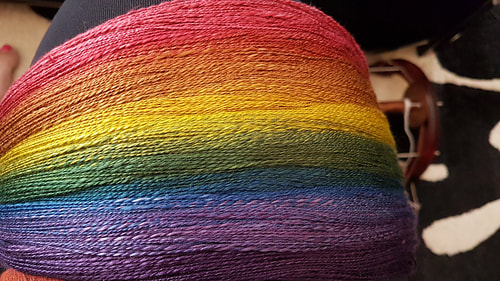
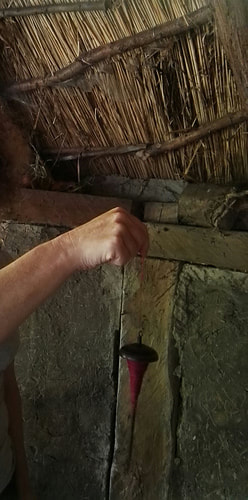
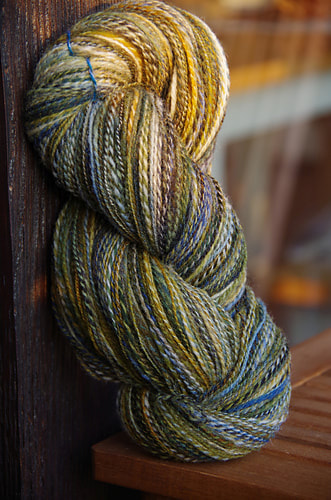
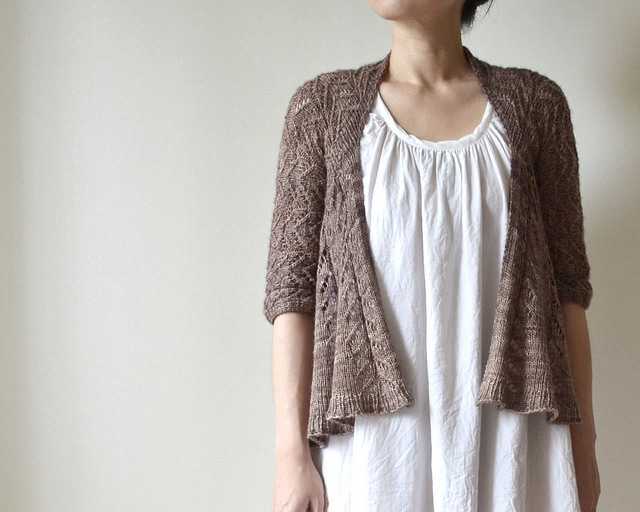
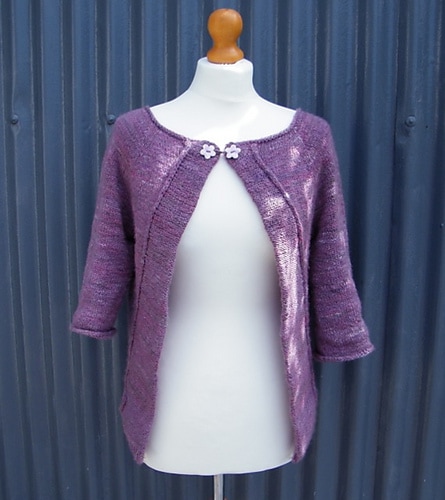
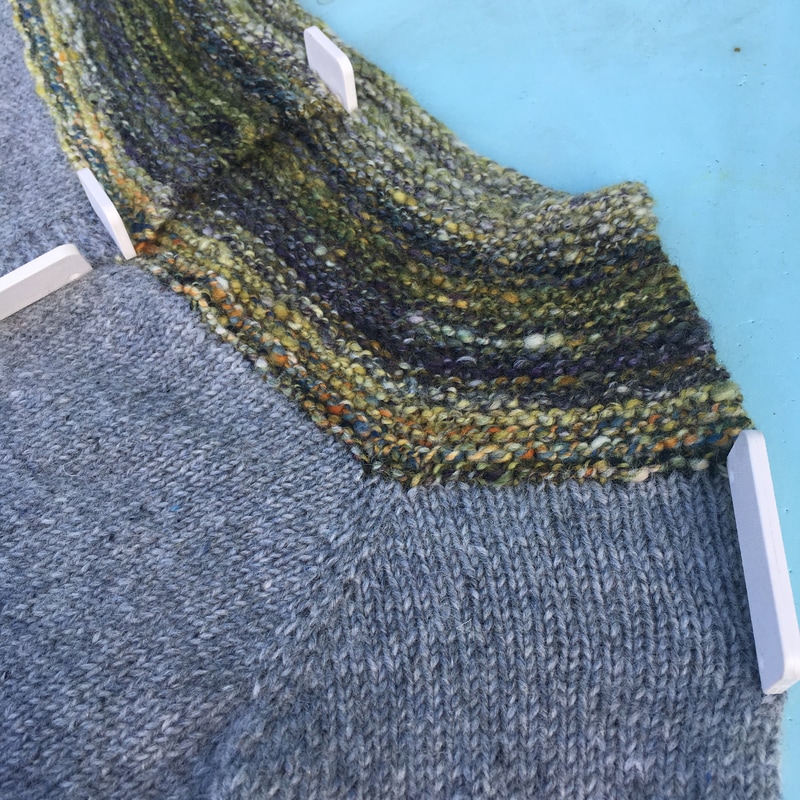
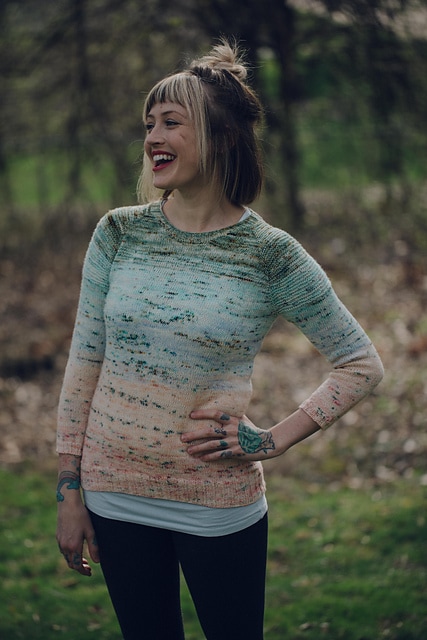
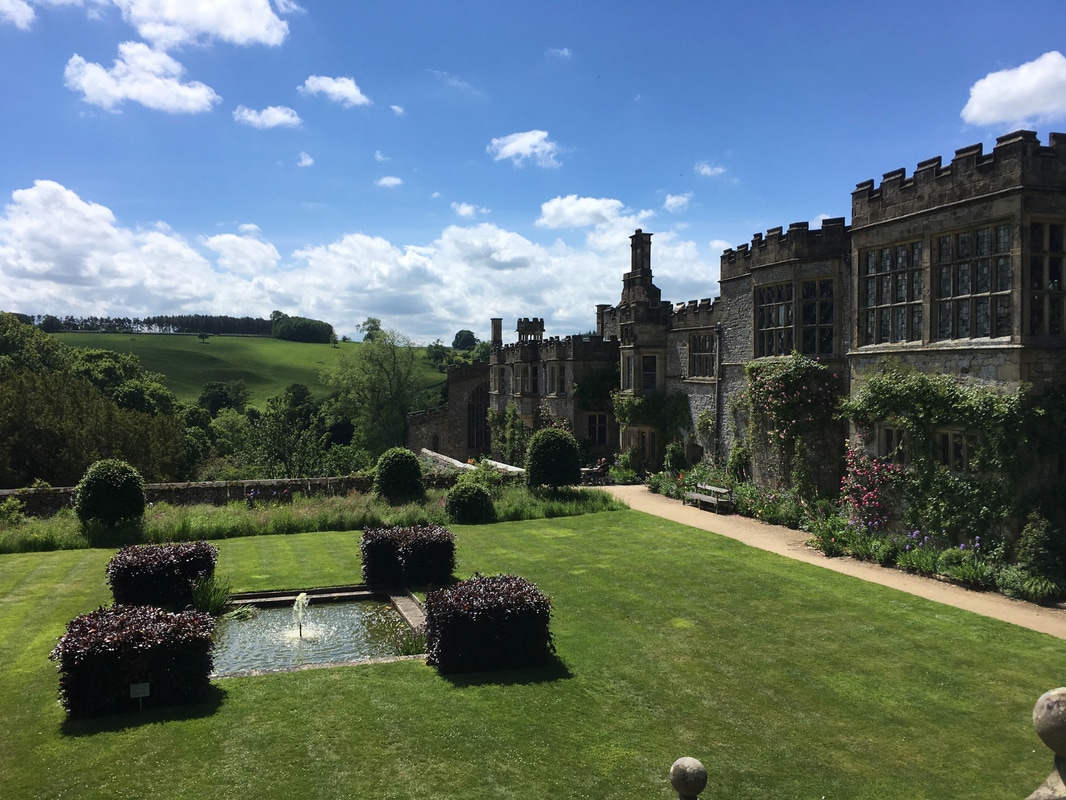
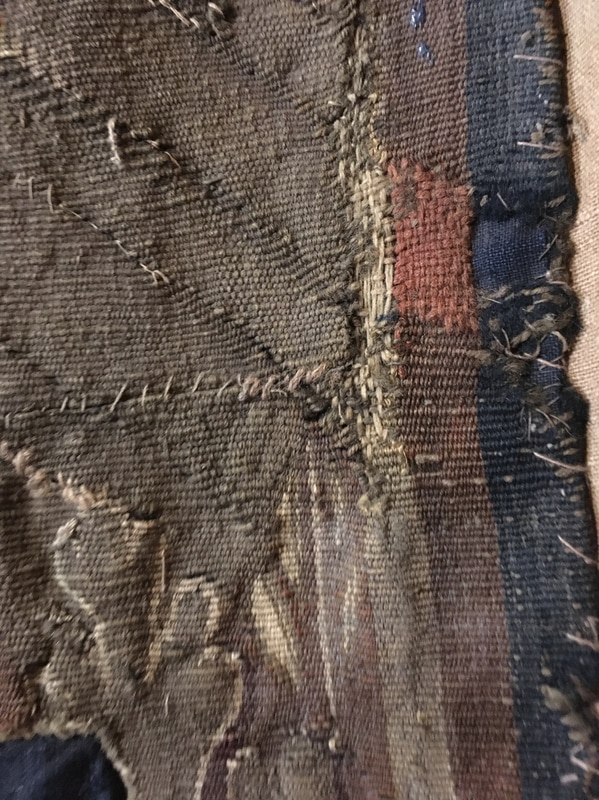
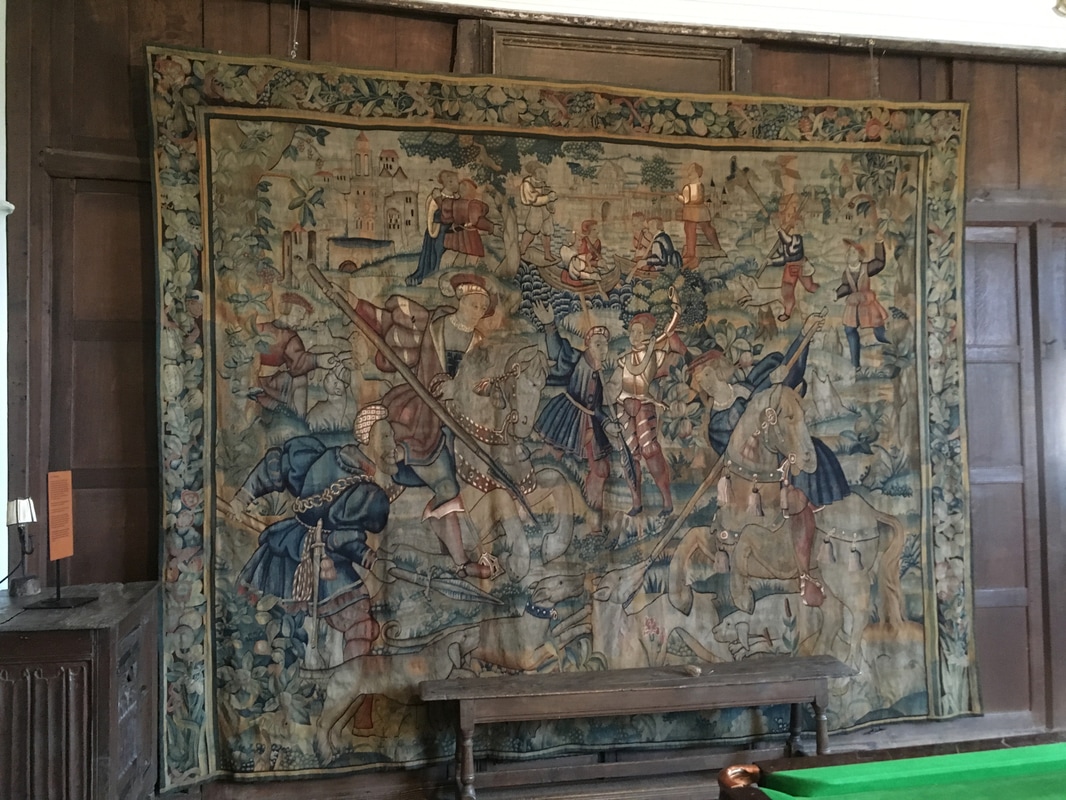
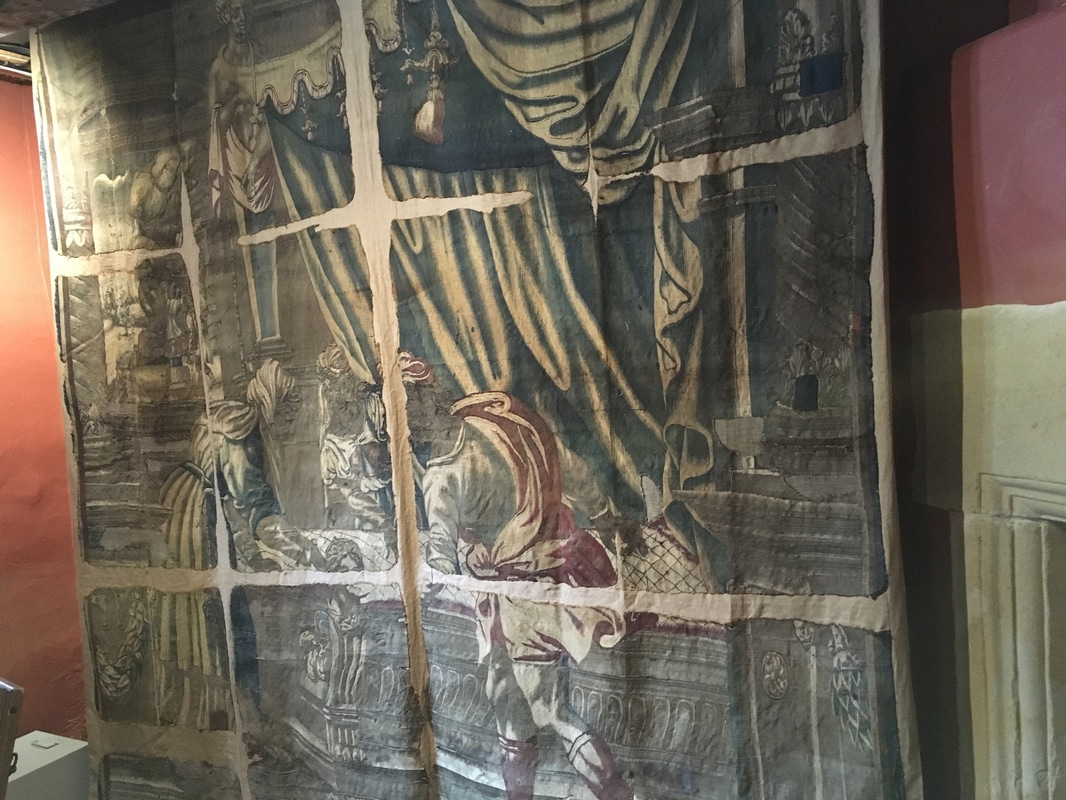
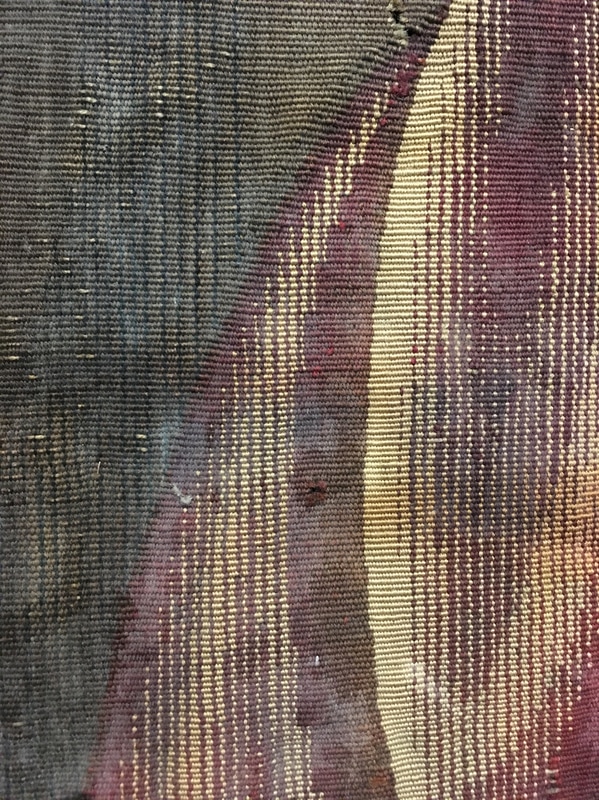
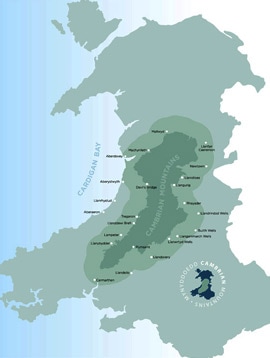
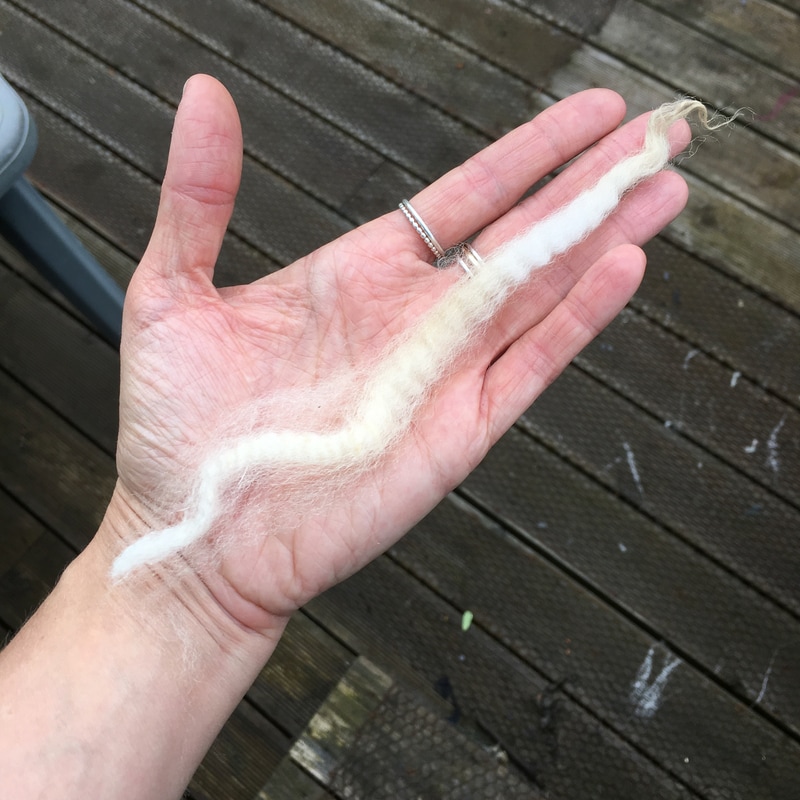
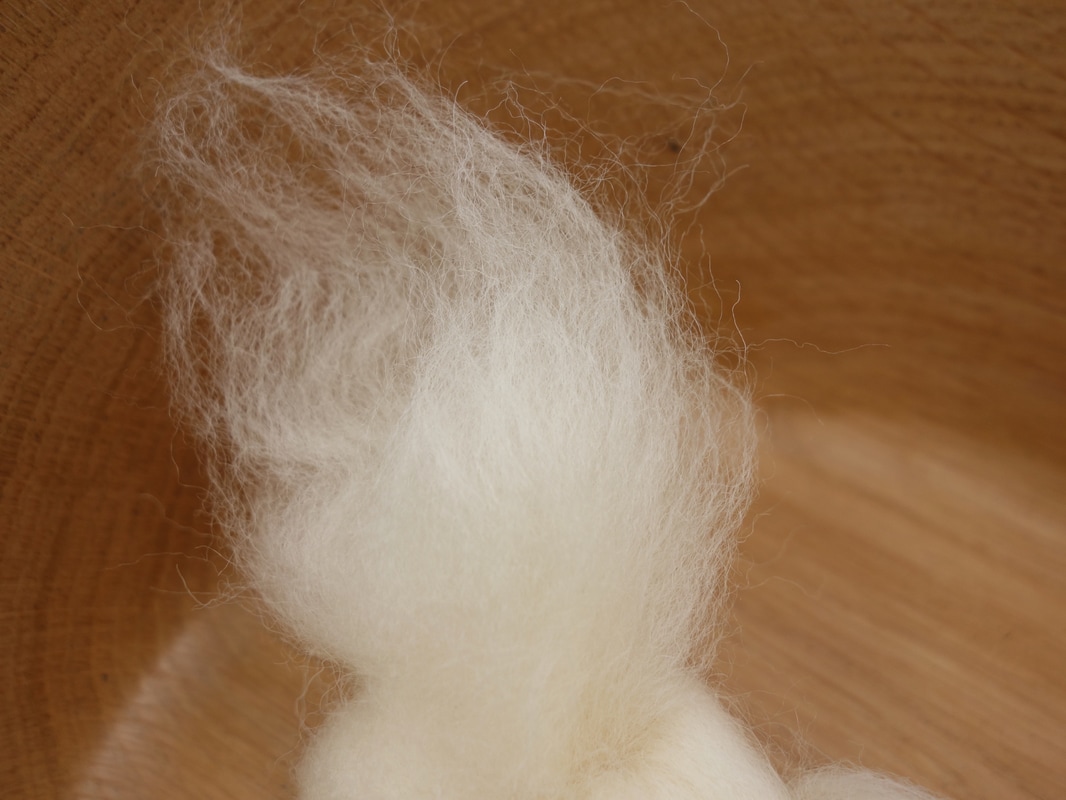
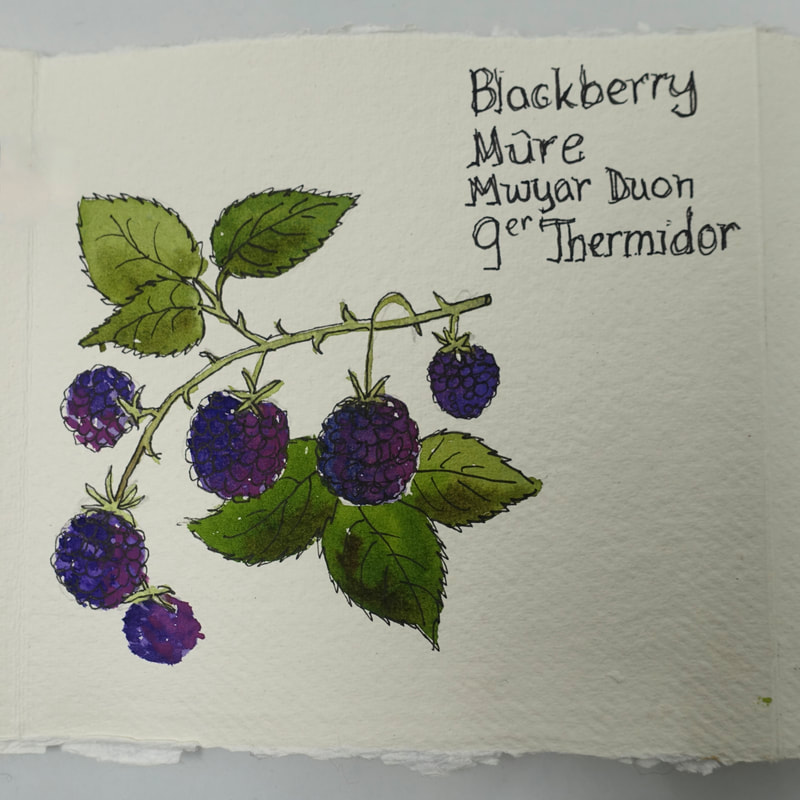
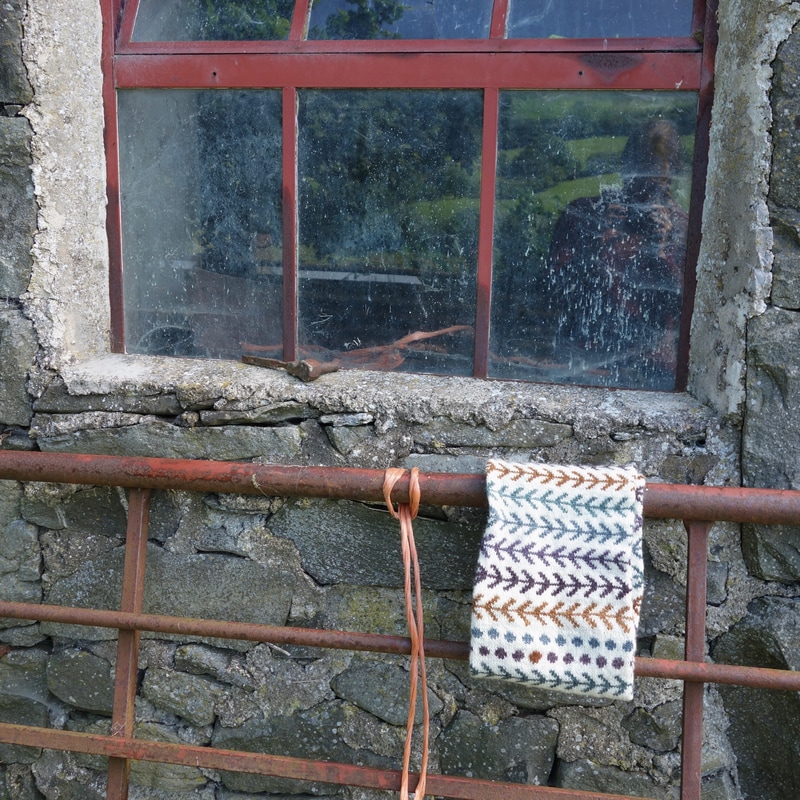
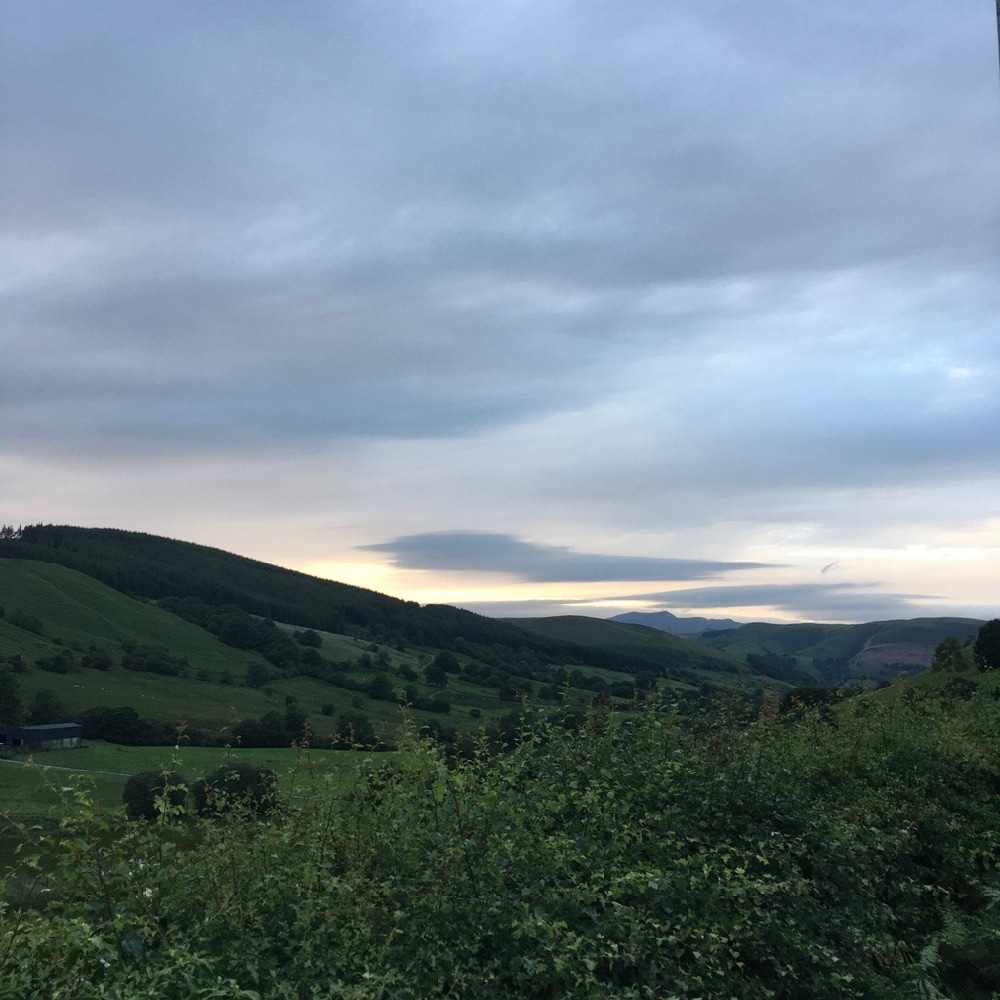
 RSS Feed
RSS Feed


